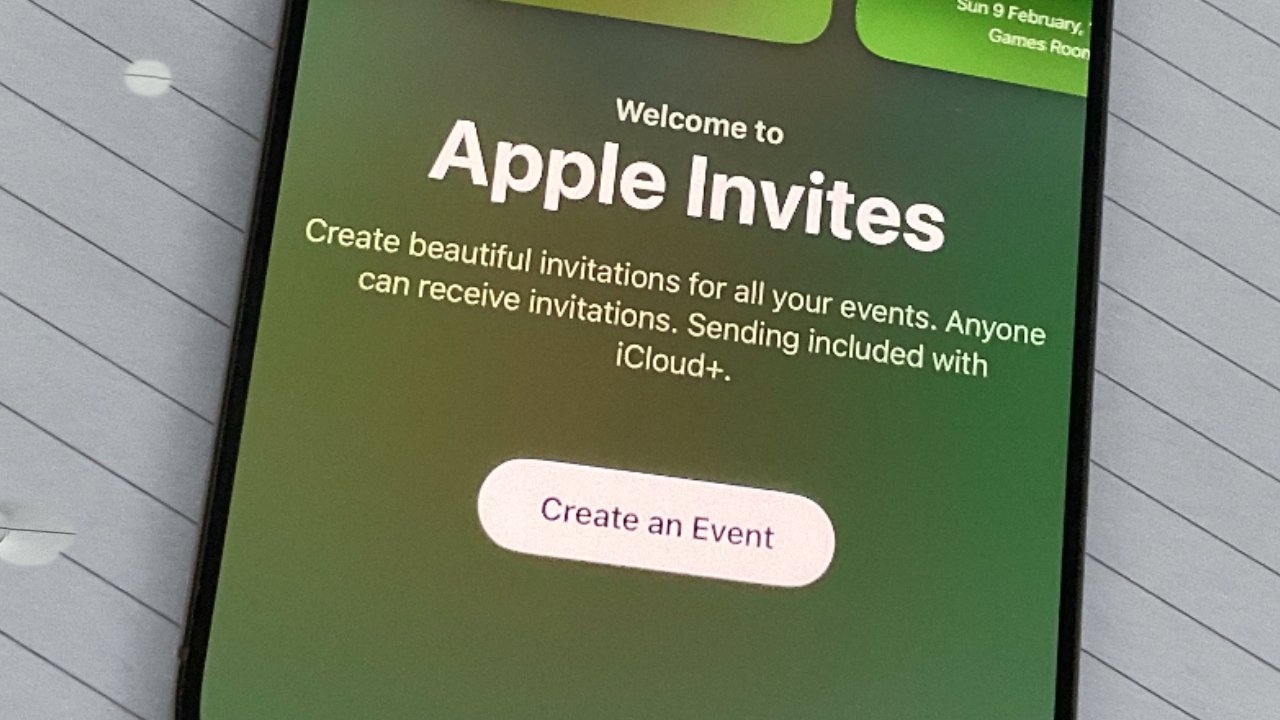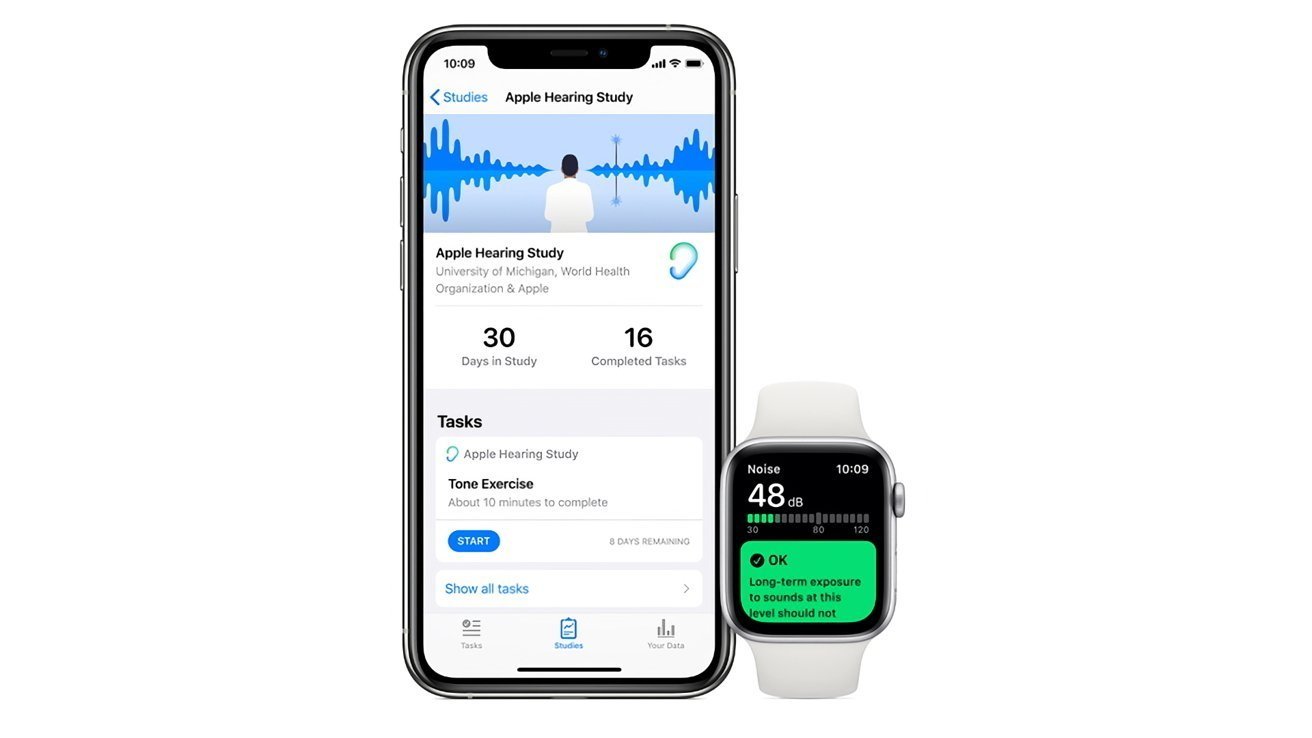There will be a greater convergence of technical and business skills among IT professionals in the future. When you purchase through links on our site, we may earn an affiliate commission. Here’s how it works. Across Europe we need to change our mindset around ‘closing the digital skills gap’. If we spend too much time lamenting it, we'll fall even further behind. Instead of considering the challenges ahead as a gap that needs bridging in traditional ways, we need to plot an entirely new route - something we can do using tools now available to us like no-code technology. The skills gap no longer exists in the way it used to, because the solutions themselves have changed.
![[Jackery Explorer 2000V2 in various scenarios]](https://vanilla.futurecdn.net/cyclingnews/media/img/missing-image.svg)
That’s not to deny that in Europe we face a talent drain. Recent years have seen us lose some of our brightest minds to US-based companies, and the reasons for this go beyond the pay packet. Something we could learn from our cousins across the Atlantic is how to create a more positive culture around failure and the lessons this teaches us. Trying and failing isn’t automatically a bad thing as long as the same mistakes aren’t continually repeated. Crucially, failure indicates learning and is a key aspect of innovation and progress.
CPO at Lobster. The business culture in the US typically recognizes failing hard and fast as a sign of progress, in a way we don’t see in more risk-averse European companies, and this won’t serve us when it comes to finding the most innovative solutions to business challenges. Overall, this discourages entrepreneurship and investment and makes it harder to fund innovation, contributing to talent going elsewhere.
Businesses of all sizes are increasingly faced with the challenge of finding people with the right technical skill set. However, ‘closing’ this skills gap with a fresh cohort of newly trained programmers won’t solve all their problems. Let’s be specific. In real terms, for most business leaders today concerned with fulfilling orders and keeping customers and shareholders happy, having access to the right data at the right time is key when making decisions. They need a digital skill set in their organizations to drive actionable, meaningful insights. Most realize they can use AI to do this - but that’s often as far as they get.
Leveraging AI is no longer just about understanding that specialty, but instead about a powerful combination of software development skills and understanding of data strategy and integration. And software skills themselves are changing as the tools available to us get ever more sophisticated. In IT we constantly look ahead. Part of our job is to anticipate the next big challenge and the next fix for a problem - but in nearly every role I’ve had in my career, a large part of the job has been dealing with legacy solutions. They’re just not going anywhere. Any new, exciting technology that comes in has to fit alongside whatever existing systems underpin a business’s processes.
No-code solutions are particularly good at doing this as they provide building blocks which work with both older and newer technologies and systems. They allow for seamless integration without extensive coding, making it easier to update and improve legacy systems. The other thing that’s changed within business technology is that technical decisions are no longer the preserve of the technical experts. A technical foundation is still vital for some jobs, but not for all. These decisions are often now fundamental to the way a business is run, which means they have to be made with wider business understanding and an appreciation for what the customer needs, rather than a purely technical one.
In reality, a background in software development is becoming less of a requirement for solving technical problems - thanks in part to no-code solutions, as well as other AI automation tools. An understanding of how these solutions work in the wider context of the business is crucial for successful implementation and adoption - and for the best results. The kind of abstraction and automation approach that AI tools and no-code enable goes some way to solving the ‘problem’ of the digital skills gap. Abstracting away the need to program specific fields and providing the ability to make something visual and more easily understood helps open up the playing field to include those with less technical expertise.
For example, a logistics company might need their shipping processes to remain compliant with regulatory requirements but face complicated programming challenges. Through the use of a no-code solution, combined with the business expertise of the staff to produce the kind of business logic necessary to navigate the low margins often faced by mid-market businesses, they can avoid being stuck with problems that can’t be fixed with manual labor alone.
This kind of situation is where data integration is particularly valuable, because from a business point of view, data only means something if it is applied to an actionable challenge or problem in a business context. Abstraction and automation allow people to focus on what matters. IT professionals spend so much time on complicated problems and can forget that they’re helping drive business outcomes. They need to be given the tools to be able to focus in the right way.































